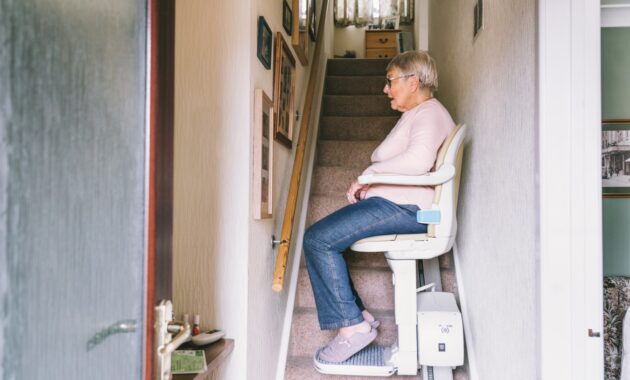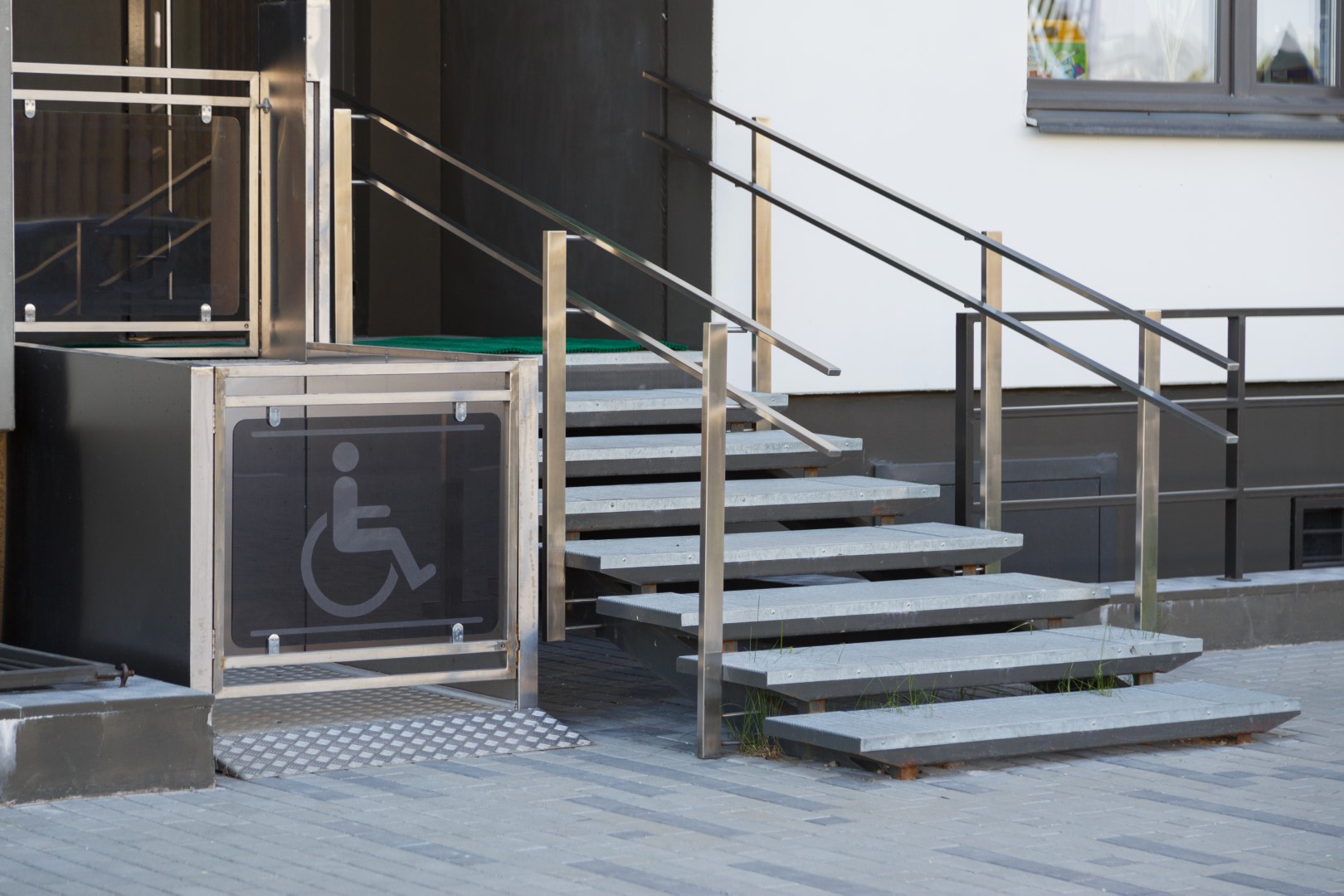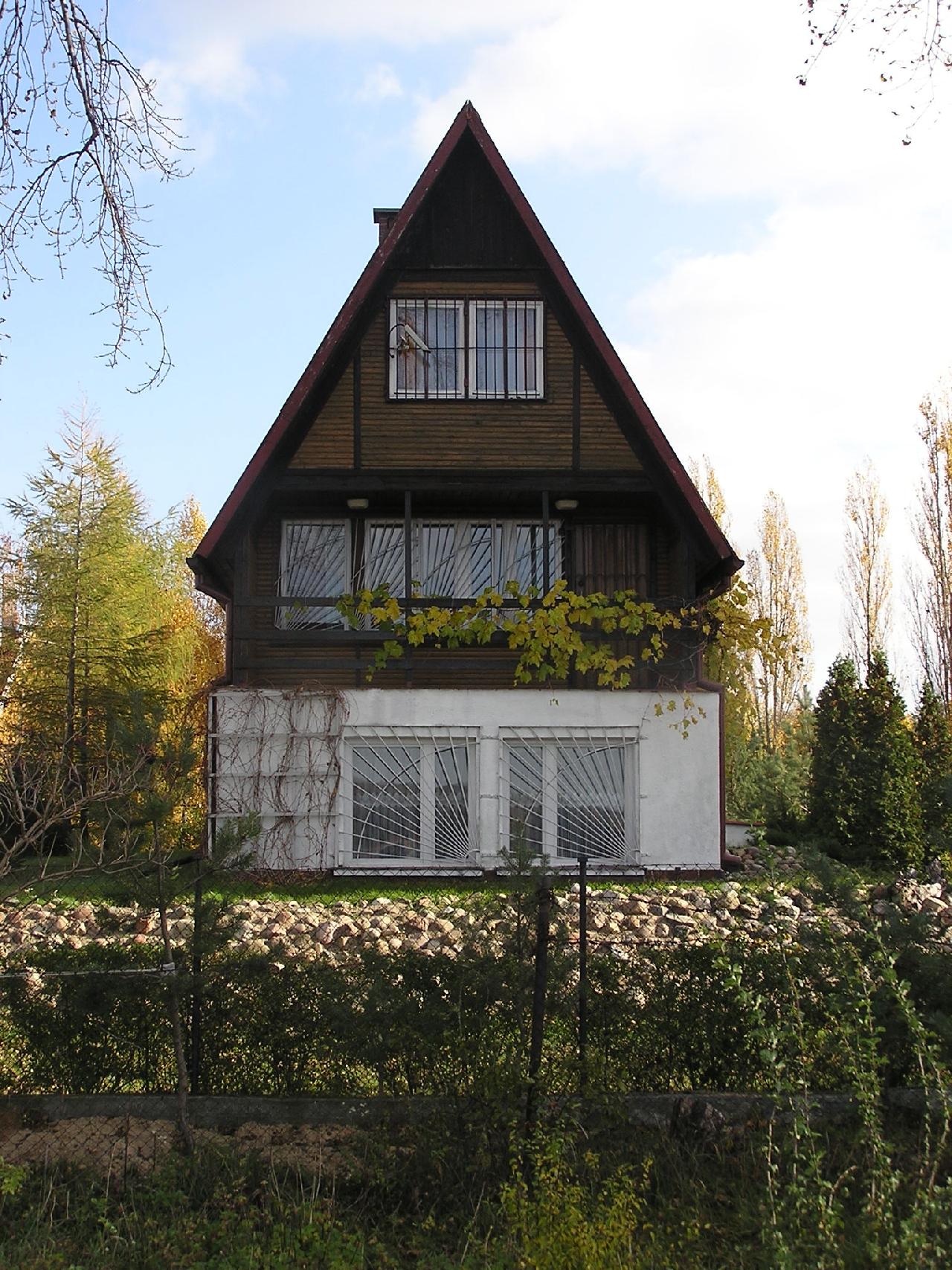In a world where inclusivity and accessibility are becoming increasingly important, it’s crucial that we create living spaces that cater to the needs of all individuals. One significant aspect of this is adapting a house to accommodate disabled persons, ensuring that their daily lives are comfortable, convenient, and safe. Whether you’re a homeowner looking to make your space more accessible or a caregiver assisting a disabled loved one, this comprehensive guide will walk you through the process of adapting a house for a disabled person. From understanding the specific needs of the individual to making necessary structural changes and integrating assistive technologies, we’ll cover it all. Let’s embark on this journey towards creating a more inclusive and welcoming home.
Understanding the Needs of the Disabled Person:
The first step in adapting a house for a disabled person is to gain a thorough understanding of their unique needs and preferences. Disabilities vary widely, and what works for one person may not be suitable for another. Start by having open and honest conversations with the disabled individual, as their input is invaluable. Discuss their daily routines, mobility challenges, and any specific equipment or assistive devices they use. Additionally, consider consulting with healthcare professionals and occupational therapists who can provide valuable insights into the necessary adaptations. By taking the time to understand the individual’s needs, you can tailor the modifications to suit them perfectly.
Take a Look at Financing Options:
The Disabled Facilities Grant (DFG) serves as a crucial financial resource for individuals with disabilities who require adaptations to their homes to improve accessibility and enhance their quality of life. This grant, provided by local authorities in many countries, helps cover the costs of various modifications, such as ramps, widened doorways, bathroom adaptations, and assistive technologies. The DFG ensures that disabled individuals can live comfortably and independently within their own homes by removing physical barriers and providing the necessary accommodations. It’s a valuable program that underscores the importance of inclusive housing and the financial support needed to make it a reality for disabled individuals.
Structural Changes and Accessibility:
Once you have a clear understanding of the disabled person’s needs, it’s time to assess and make necessary structural changes to the house. Accessibility is key, and this involves creating barrier-free pathways both indoors and outdoors. Begin with the entrance. Install ramps or lifts if there are steps leading to the front door. Widening doorways to accommodate wheelchairs and walkers is essential. In bathrooms, consider roll-in showers, grab bars, and raised toilet seats. In the kitchen, lower countertops and sinks for wheelchair users. The layout of furniture and fixtures should allow for easy maneuverability. Ensure that light switches, thermostats, and electrical outlets are placed at an accessible height. These structural changes are the foundation of an accessible home.
Flooring and Surfaces:
Choosing the right flooring and surfaces is another critical aspect of adapting a house for a disabled person. Slip-resistant flooring, such as non-slip tiles or low-pile carpeting, can help prevent accidents. Hardwood or laminate flooring is easier to maneuver for those using mobility aids. Eliminate rugs or secure them firmly to the floor to prevent tripping hazards. When it comes to outdoor spaces, make sure that pathways are even and well-maintained, as uneven surfaces can be challenging for wheelchair users and those with mobility issues. Investing in smooth, slip-resistant surfaces can greatly enhance the safety and usability of the home.
Assistive Technologies and Smart Home Solutions:
In our increasingly digital age, there is an array of assistive technologies and smart home solutions available to make daily life more manageable for disabled individuals. These technologies can range from voice-activated assistants like Amazon Alexa or Google Home to smart thermostats and lighting systems that can be controlled remotely. For those with mobility challenges, motorized blinds, curtains, and adjustable bed frames can be life-changing. Home automation systems can provide increased independence by allowing the individual to control various aspects of their environment with ease. Explore these options based on the specific needs and preferences of the disabled person to make their home as user-friendly as possible.
Safety Measures and Emergency Preparedness:
Safety should always be a top priority when adapting a house for a disabled person. Implementing safety measures and emergency preparedness plans is essential. Install smoke detectors, carbon monoxide detectors, and fire extinguishers in accessible locations throughout the home. Consider adding a home security system with features like video doorbells for added peace of mind. It’s also wise to create an emergency evacuation plan that takes into account the individual’s mobility challenges. Ensure that exits are easily accessible and that there is a clear path to safety. Keep a well-stocked emergency kit on hand with essentials like medications, medical supplies, and contact information for healthcare providers.

Adapting a house for a disabled person is not just about making physical modifications; it’s about creating a home that fosters independence, comfort, and safety. By understanding the unique needs of the individual, making structural changes for accessibility, choosing the right flooring and surfaces, integrating assistive technologies, and prioritizing safety, you can transform a house into a welcoming and inclusive space. Remember that this process is an ongoing journey, and it may require adjustments over time as the individual’s needs evolve. Ultimately, the goal is to provide a supportive and empowering environment where the disabled person can thrive and enjoy a high quality of life. Let’s continue to work towards a more inclusive world, one accessible home at a time.
Discover more from Futurist Architecture
Subscribe to get the latest posts sent to your email.




